Battle Employee Burnout
Employee disengagement is real, and it’s culturally and financially draining. How real is it? According to Gallup, 52% of U.S. workers are at work only in body, while 18% of workers are not just casually but actively disengaged.
But it gets worse: The cost of poor management and low productivity from disengaged U.S. employees is between $960 billion and $1.2 trillion per year.
But there’s good news: Highly engaged employees are 38% more likely to have above-average productivity. Highly engaged business teams result in 21% greater productivity. Companies with engaged employees outperform those without by up to 202%. Companies with engaged employees versus competitors with low engagement levels experience 2.5 times more revenue growth.
All of which goes a long way toward explaining why companies ranging from Fortune 500 to fortunes far less noteworthy are committing to their people’s growth like never before. Put another way, what makes employees thrive in the workplace has moved front and center since I wrote about employee innovation for Harvard Business Review some four years ago.
Since founding Skild, a pioneer in the innovation-challenge space, my focus had been on crowdsourcing and surfacing the best ideas to drive business growth. While this served as a successful business model — having awarded more than $200 million across 500 challenges — it also prioritized ideas over people. But make no mistake, the engine driving business growth, both then and now, is people. Invest in them — give them a sense of, as author Daniel Pink put it, autonomy, purpose, and mastery — and your potential is limitless.
Autonomy: We structure our innovation challenges with a call to action. From that point forward, it’s up to participants to build their team, brainstorm, and pitch their ideas however they choose. For instance, a recent program with Activision presented participants with a $5,000 budget to be spent in any manner they chose. The results were fascinating, as teams invested the lion’s share of their funds in both training and presentation.
Purpose: As we all know, purpose powers performance. People seek meaning in their work as they do in their lives. Whether it’s a new product or a social cause, we always feel valuable when our skills are put to work in a meaningful way. A recent challenge for a financial institution sought to engage their younger workforce by asking them to develop new investment strategies — an ask typically reserved solely for their senior executives.
Mastery: As organizations seek to grow their teams’ soft skills, we have begun to offer an array of coaching programs aimed at cultivating communication and storytelling skills. Needless to say, participants have jumped at the opportunity. Working with Cisco on their Global Problem Solver program, we offered two-hour pitch-coaching boot camps to semi-finalists, which saw them craft their authentic 90-second professional video pitch that was then viewed by the company’s top executives. Seven of the ten semi-finalists who participated in the boot camp went on to win the challenge.
After more than a decade in the innovation space, I’ve come to appreciate a fundamental truth: If you want to transform your business, you must first invest in the power of your people, because your best person is just a skill away. By developing your greatest assets to their true potential, aren’t you maximizing your own potential?





